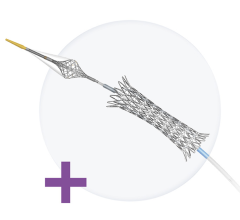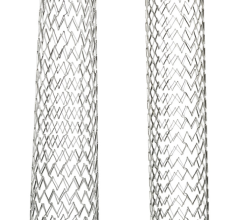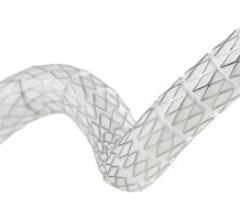January 20, 2009 - Preliminary data being presented at the International Symposium on Endovascular Therapy (ISET) 2009 Jan. 18-22, suggests stents can be placed in the brain to treat a stroke as it's occurring.
Used in the neck to prevent strokes, early research suggests that stents can also be used to treat occurring strokes by opening up blocked arteries in the brain, and that stents may work better than clot-busting drugs or removing the clot with a tiny corkscrew-like device or vacuuming it out.
"Most patients had significant improvement; for instance, they could go home rather than having to be placed in a nursing home, which is pretty dramatic," said L. Nelson Hopkins, M.D., professor and chairman of neurosurgery and professor of radiology at the State University of New York at Buffalo, who is presenting the data at ISET. "Stents seem to work when clot-busters or other mechanical devices can't."
SUNY Buffalo researchers are reporting preliminary results on 16 patients who received stents to treat their strokes as part of a single center Investigational Device Exemption (IDE) from the FDA, with Elad Levy, M.D., as the principal investigator. Stents were placed and opened blocked arteries in the brain in all patients (100 percent) and 11 patients (69 percent) had significant improvement in their stroke symptoms.
According to Dr. Hopkins, clot-busting drugs only work about half of the time because the blockage can be sticky and adhere to the wall of the artery, making it difficult to break up.
"With CT perfusion we can tell if the brain is dead or alive," said Dr. Hopkins. "Some patients experience brain death within an hour; others can have a viable brain 24 hours after the stroke starts." In those cases, it may still be possible to place a stent.
Stents are placed by threading a small tube, or catheter, through the arteries to the site of the blockage. A tiny balloon is inflated to open up the blockage. A collapsed stent is then placed at the site, where it expands and acts like scaffolding to keep the artery open.
For more information: http://www.iset.org/


 October 16, 2024
October 16, 2024 








